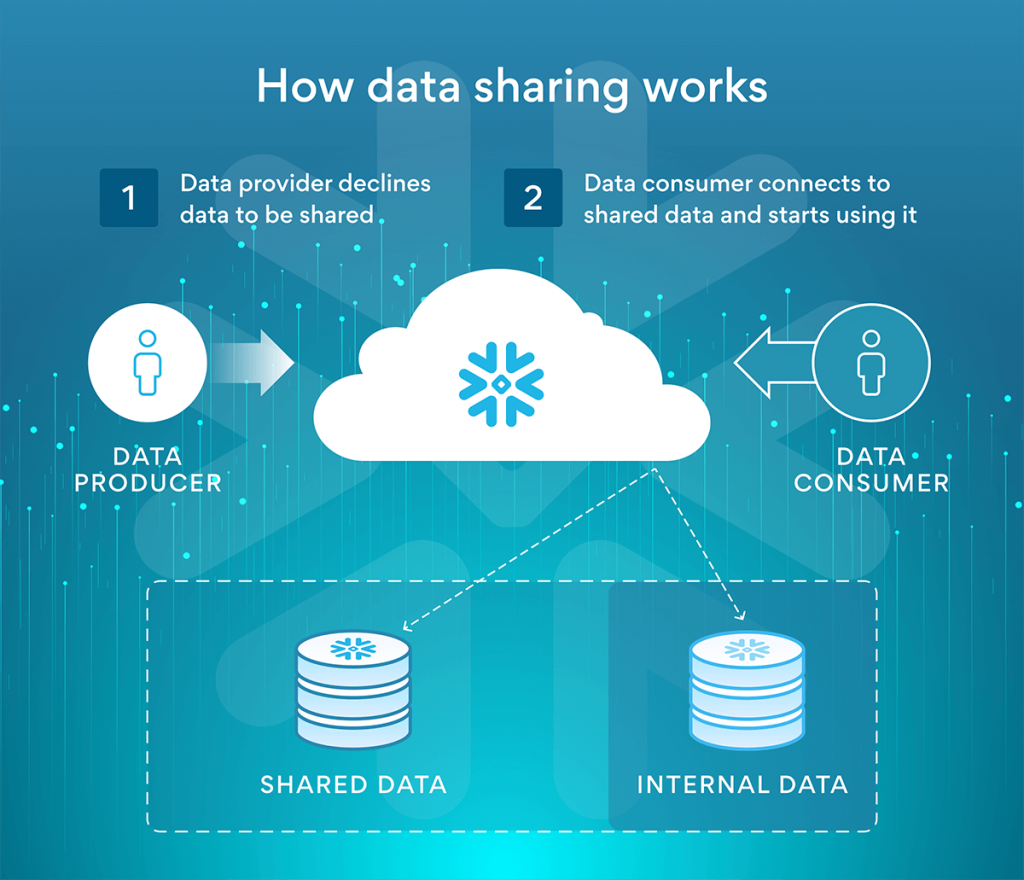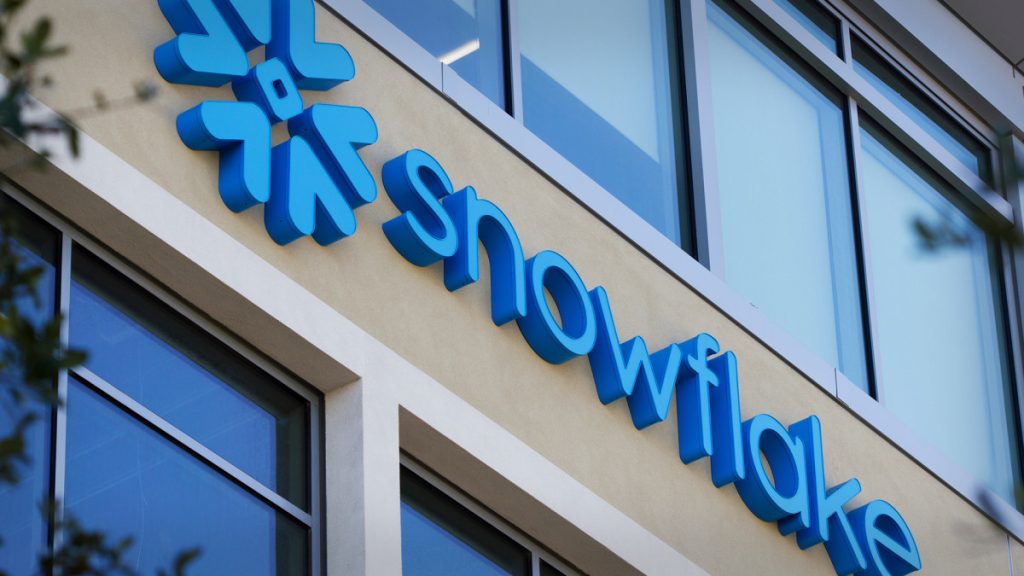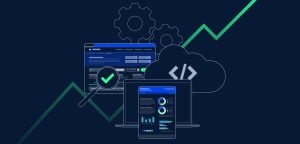Over the last couple of years, we have seen a significant rise in our clients’ uptake of the Snowflake platform as a solution to their data management needs. While it shares many of the common characteristics of a normal database and is familiar for technologists to work with, its approach to data syndication is really where it has carved out a niche in our space.
Initially, many of our clients adopted the technology in various experimental guises, choosing perimeter projects such as data science, business intelligence and analytical use cases as pilots. That has evolved rapidly. Within the space of the last year, we have seen a noticeable uptake in Snowflake for more strategic applications that sit in the heart of a firm’s data strategy including PBOR (Product Book of Record), ESG, Research and transactional record keeping. It is clear that Snowflake will become a significant component of client reporting and digital use cases, so we thought it would be useful to explore some of the reasons why it has taken hold, and where it might feature in your future operating models.

Natural Selection
To glimpse the future and the drivers for change, we must first understand the past, and in particular the evolutionary pathway of data technologies within investment management. For most firms, the path followed is common:
- Spreadsheets: At first, you manage data with spreadsheets, derived from internal systems or provided by your administrator. The lingua franca of data, these provide flexibility, are easily shared with partners, but are prone to manual error.
- Homegrown Data Management: After one too many bungles along the downstream value chain – a fat fingered price or allocation with its decimal in the wrong place – the firm will usually move to the creation of a customized database. This requires technology resources to build and maintain, but undoubtably provides further guard rails against the kind of issues inherent in manually maintained files. However, routes in and out of this database must be built, either via ETL (extract transform load, a way of creating files from the database or pushing data into it) or APIs (application programming interfaces, digital pipework to allow consumers to pull data direct from it), further adding to costs and complexity.
- Vendor Supported Data Management: As the development requirements for a home-grown solution increase, firms will inevitably reach an inflection point where the costs of a commercial solution are lower than the creation and maintenance of a self-built system. Investing in a dedicated data management technology becomes an important consideration at this point.

Image: www.thestreet.com
The pathway we outline here is something we have observed time and again. Interestingly, over the last two years we have seen a number of our clients starting to favor Snowflake as a fourth evolutionary step owing to some notable advantages.

Riding The ESG Tidal Wave
One of the key factors driving adoption of Snowflake is the ever-increasing number of out of the box integrations it has with data providers (think ESG) via its marketplace. The way Snowflake allows its users to tap into these various data providers is quite revolutionary. Once subscribed, data can be accessed, joined, and queried as if it were a first-class citizen of your own database. This leads to a huge reduction in effort to source and scrub this data for use. Given the entropy in the space, being able to adopt new datasets from a variety of vendors is a killer feature. Your organization now not only has the ability to readily interchange data sources, but also reduce the number of pipes, as well as having to physically moving data around the organization.

Hub and Spoke
This ability to share data between databases is also potentially transformational in the other direction. Snowflake enables you to share your own database, or segments of it, with other consumers in or outside your organization. Imagine a world where administrators provide managed services to their clients, allowing them to tap directly into a shared database in real-time, rather than exchanging files or pulling from APIs. Beyond this, managers could be granting direct data access to their institutional clients too. Again, this innovative sharing process could replace costly API integrations. Snowflake also has extensive and well thought out features for managing data governance through user configurable entitlement and data permission rights management. Having these features available in the native product dramatically reduces development costs associated with governance requirements.
Consumption Based Pricing
A strong component driving the commercial argument for Snowflake is its consumption-based pricing model. Unlike most systems with large upfront costs, Snowflake provides a pay-as-you -go model, meaning that for those organizations with a desire for an enterprise solution but without the budget, it moves within reach.
Kurtosys and Snowflake
Our bet right now is that we will see widespread adoption within asset managers in the next few years. This trend will only accelerate as market data vendors and technology suppliers (like Kurtosys) continue to also adopt Snowflake integrations within their roadmaps. Leading vendors are already well on the way. As the last port of call before data reaches your clients, we feel it is important that Kurtosys provides integration to Snowflake as a technology. The much anticipated and recently launched Snowflake integration marks a significant milestone in our product journey. Kurtosys digital and reporting solutions can now integrate into your Snowflake data lake. Automatically scale resources and integrate diverse datasets whilst transforming your client reporting process. Reach out to us to find out more about integrating Snowflake within the Kurtosys application.
Most technology in our space grows organically and under huge time pressure – regulation and competition tends to have that effect. Yet we are continuously evaluating where the industry needs to focus to future-proof and optimize operating models and the associated technologies. We see key similarities between the impact Snowflake will have and that of Kurtosys on reporting in general. If your firm wants to make a step change in how you support your sales teams or service your clients, please reach out.
Our team is always available to talk or you can arrange a demonstration of how our tools and services can make your data and insight delivery pain-free.




